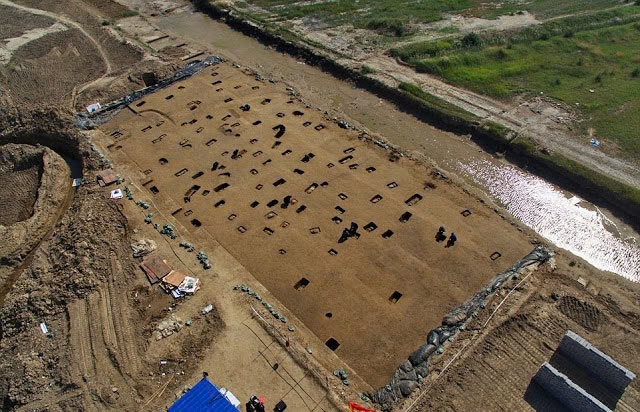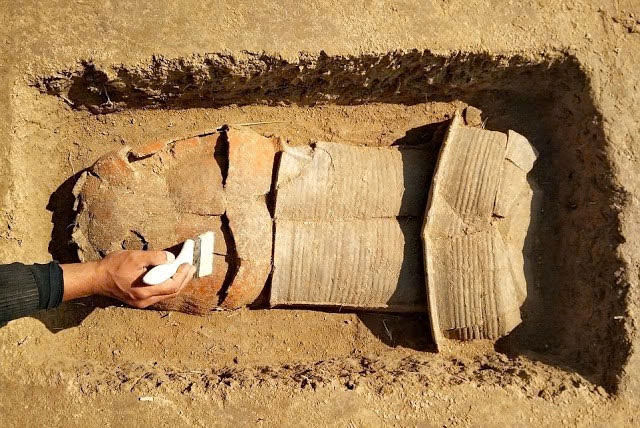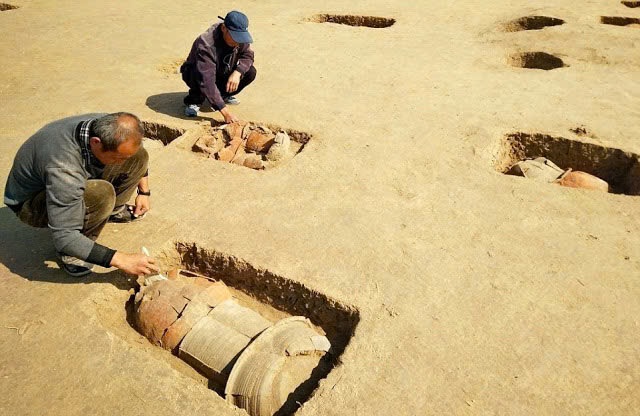Remarkable Discovery in Inner Mongolia

Archaeologists have made a groundbreaking discovery in north China’s Inner Mongolia Autonomous Region, unearthing 128 ancient urn burial tombs containing the remains of infants. This extraordinary find, dating back to the Han Dynasty (202 B.C.- A.D. 220), sheds new light on funeral customs and childcare practices in ancient China.
Unearthing History in Liangcheng County

The excavation, which took place from May to October in the Daihai area of Ulanqab City, has revealed a significant concentration of tiled coffins in Liangcheng County. This marks the first time such a large number of tiled coffins have been discovered in the area.
A Glimpse into Ancient Funeral Practices

Wu Cheng, a researcher at Hohhot Museum, explains that urn burials were a rare and special type of interment reserved primarily for deceased children. The discovery provides invaluable material for studying funeral customs in the region and understanding the funeral system for children in ancient China.
The Significance of Urn Burials
Protection and Symbolism

While primarily used for children, urn burials were occasionally employed for adults as well. These unique burial methods were favored for their ability to protect the deceased from wild animals. Some researchers also believe that the womb-like shape of the urns held symbolic significance, potentially representing a desire to accelerate the rebirth of the departed.
A Window into the Past

This remarkable find offers archaeologists and historians a unique opportunity to delve deeper into the social and cultural practices of the Han Dynasty. As research continues, these ancient urns may reveal even more about how our ancestors cared for and honored their youngest members, both in life and in death.
